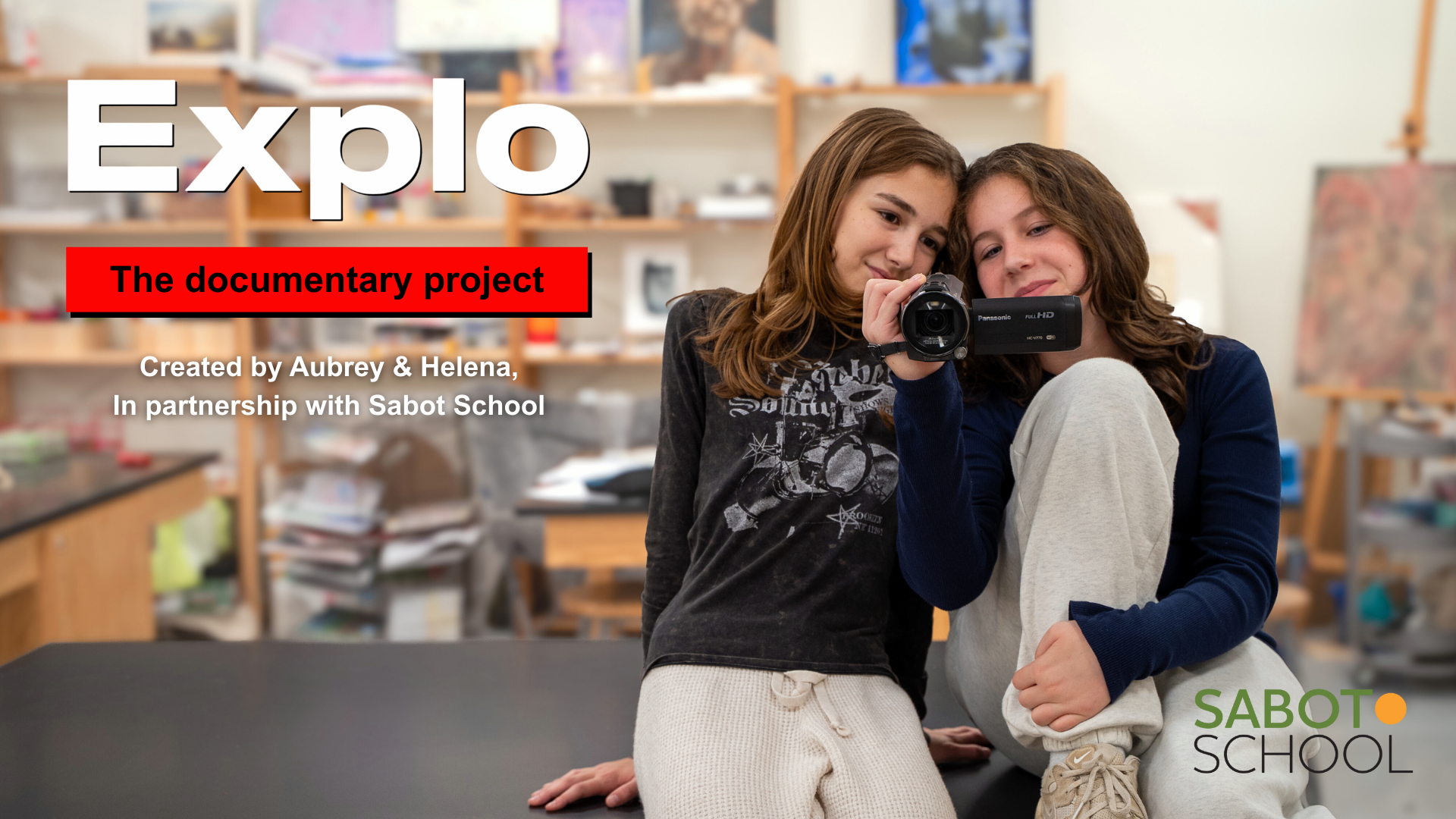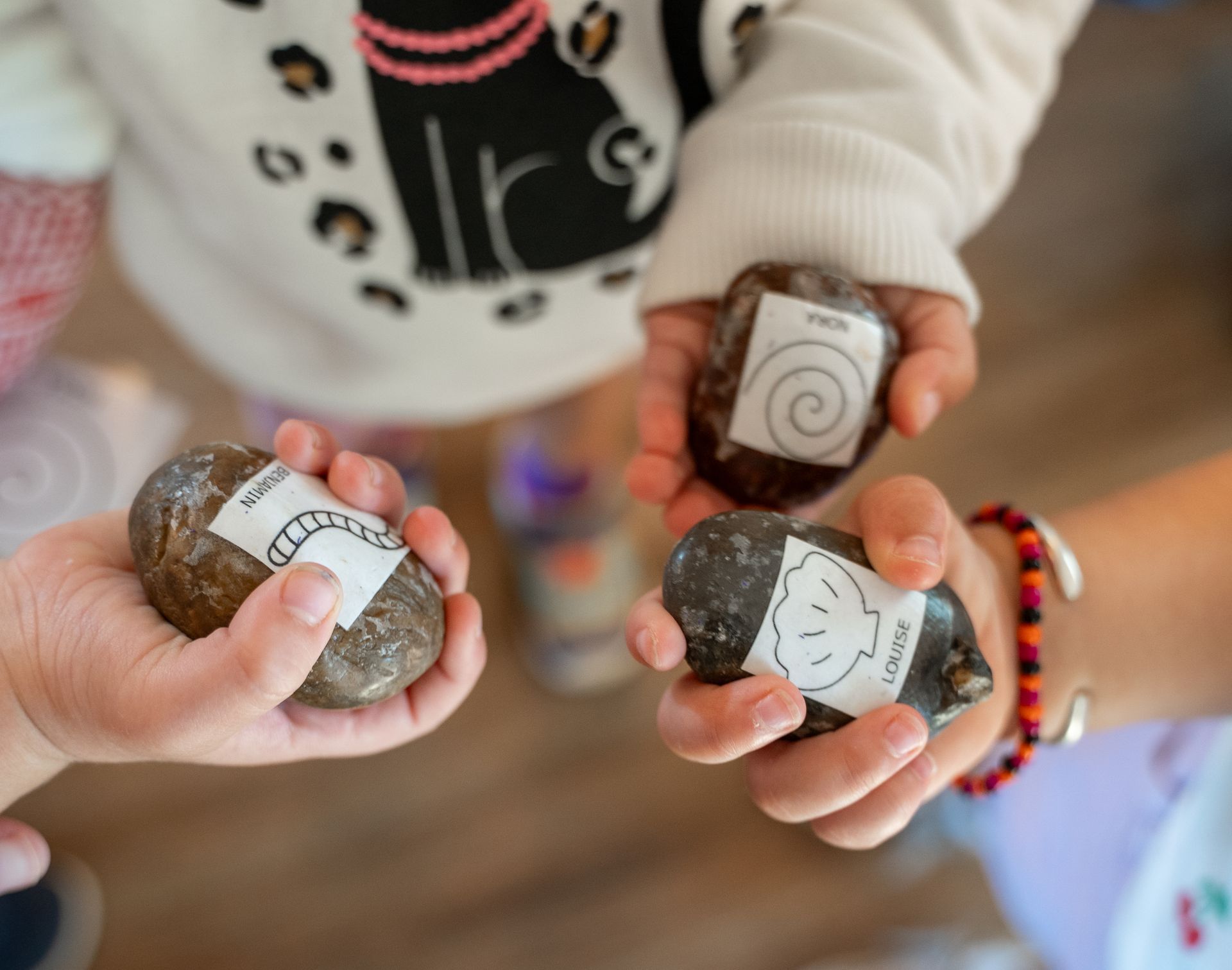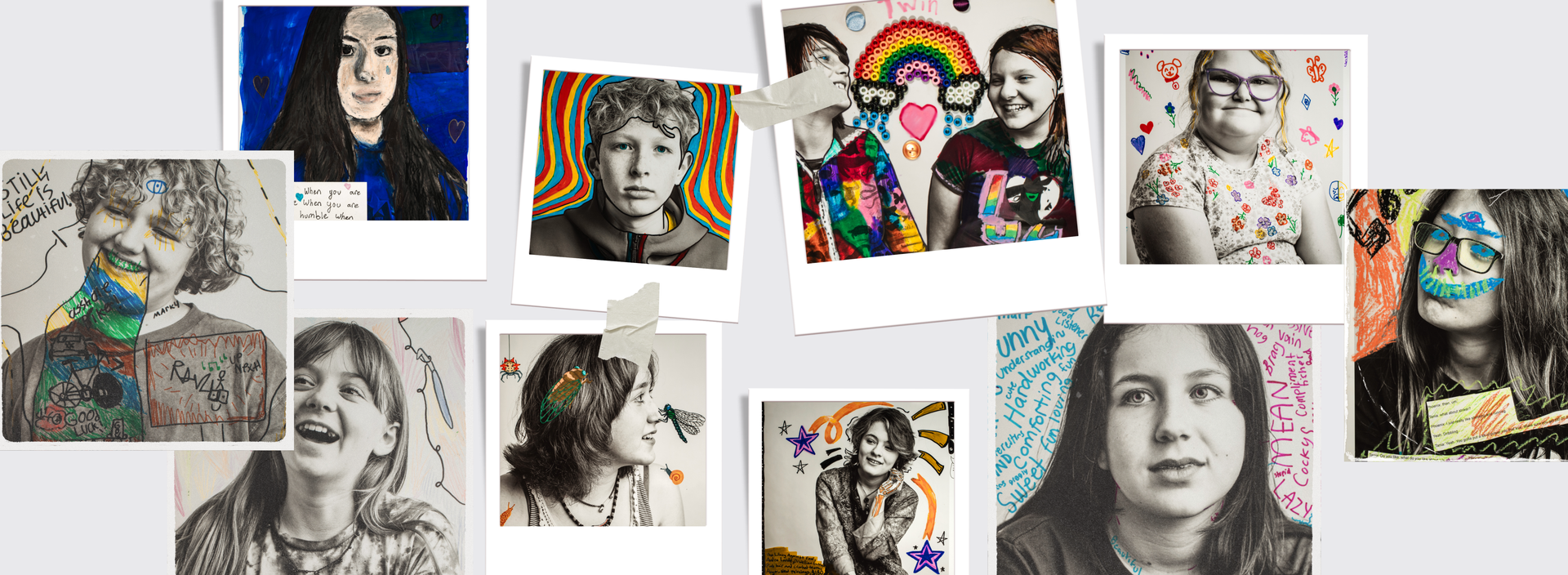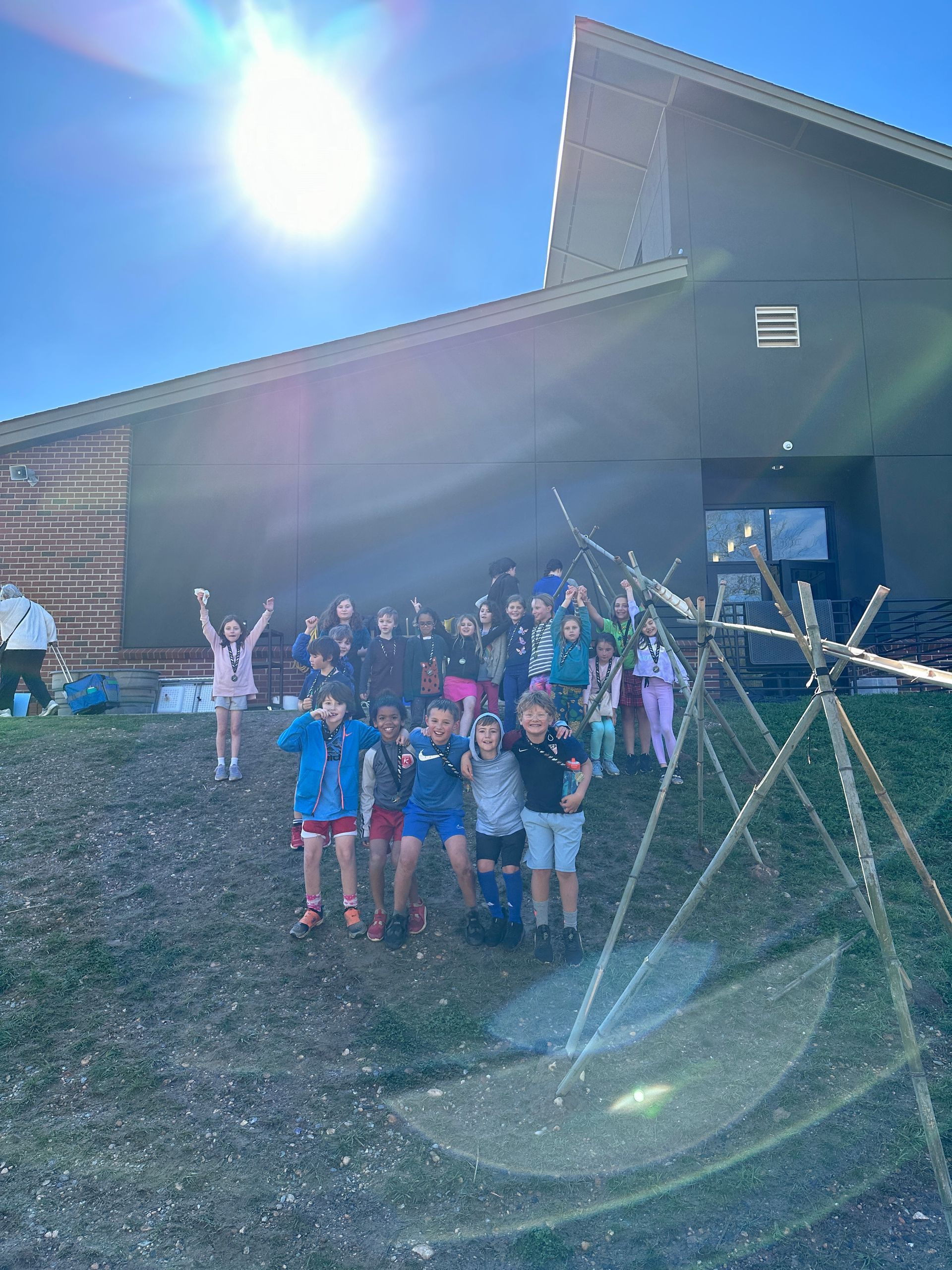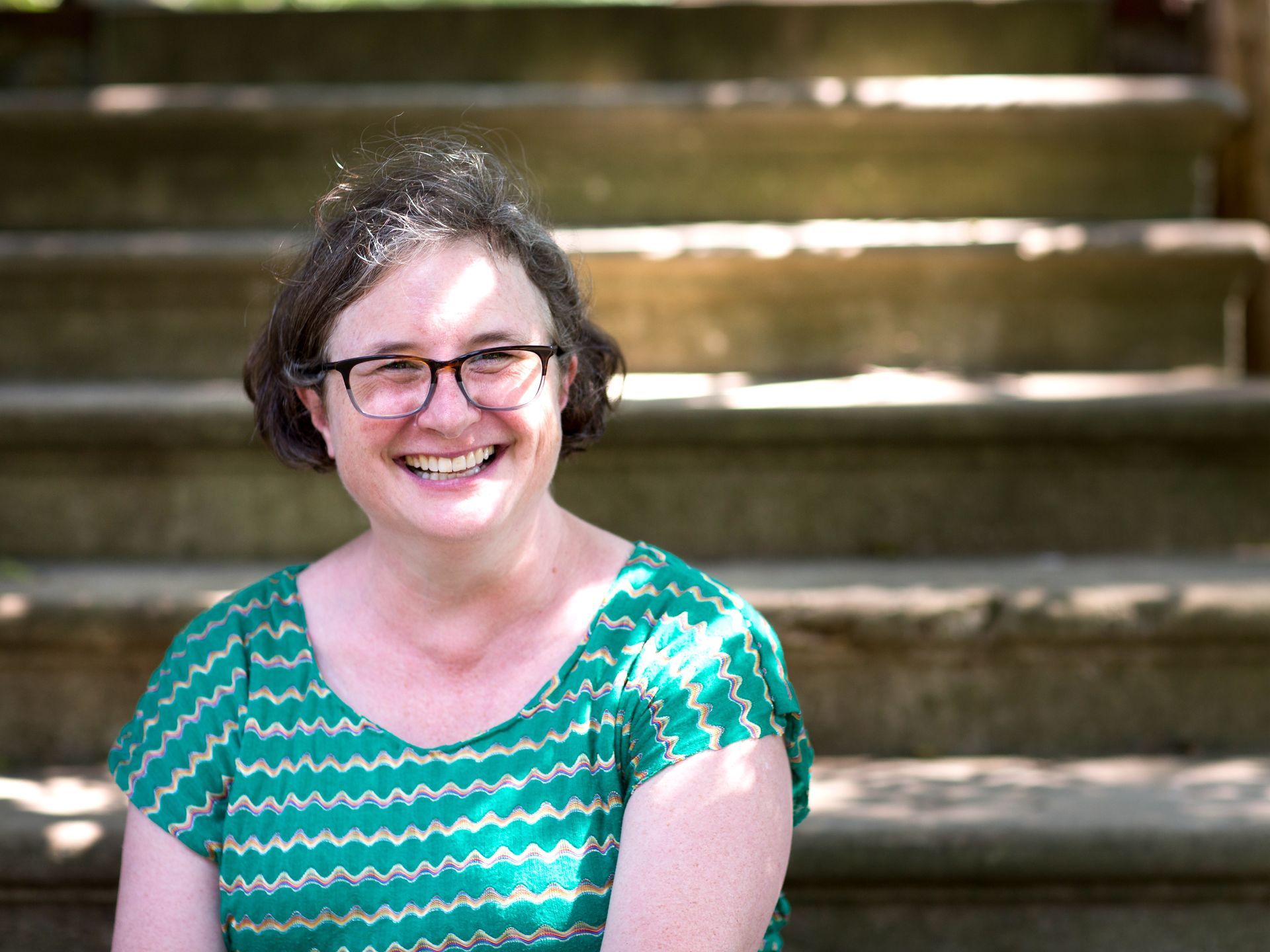A Pathway Through Feelings to the Thinking Brain
(or How Can We Support Children in Getting to Their Thinking Brain?)
By Marty Gravett, Director of Early Childhood Education

There is a paradox afoot in learning communities. While it makes enormous sense to respect the feelings and pay attention to the social-emotional life of children, allowing and encouraging children to make decisions based on their emotions – their feelings at the moment – is counter to their well being. Feelings are not a good source of decision making. We want children (and ourselves) to be making decisions from a rational place: from our thinking brain, not our feeling brain.
For more than 40 years, both popular parenting and educators’ literature have addressed this topic and given us this information from countless angles. In fact, this body of work looks a lot like we have sent in a blind-folded team to describe an elephant; each observation is one part of the larger whole. Alfie Kohn, noted American author, lecturer, and educator, tells us we are undercutting children by rewarding them in myriad ways, including with our constant reliance on saying “good job!” This phrase, among others, stops the child from considering their own work or judging their own behavior, and it gives over the child’s internal locus of control to the adult. Nancy Samalin, author and host of popular books on parenting including, Loving Your Child is Not Enough , minted the phrase “the happiness trap” to describe the hamster wheel parents find themselves on while infinitely trying to make the child happy. More recently, social psychologist Jonathan Haidt and free speech expert, Greg Lukianoff, in The Coddling of the American Mind , tell us that many students are arriving at college without ever having faced challenges and thus lack the resilience that struggle helps a person to create.
Embedded in the work of all of these authors is the premise that there is a cultural misunderstanding about the role of emotions in the lives of children. The consensus among this literature is that teachers and parents can take an active role in addressing the misunderstanding, perhaps redressing it. But still, this misunderstanding persists. Patty Wipfler, founder and program director of the Hand in Hand Parenting Institute , makes this cultural misunderstanding more explicit than most and gives us some ideas about how to proceed. She tells us it is important to respect the emotional challenge and turmoil children feel, but then it is necessary to take steps to help them move through these feelings in order to get to their good, rational thinking. And so the question we ask ourselves is “how can we support children in getting to their thinking brain?”
Patty Wipfler gives an important answer: Listen. This is not only the title of her 2016 book but is also the advice she offers all of us… LISTEN to children. At Sabot, this is a critical part of our language of respect. Like many progressive and most Reggio-inspired schools, we observe and share children’s thinking, enabling us to create this language. Listening with the whole heart and whole mind is not only an act of respect, it sometimes prompts a healing or an emotionally relieving response and can help the child (or anyone) move through an emotional challenge to a place where they can think more clearly. Be warned, the process is sometimes messy as, often, children need to tantrum, cry, rage, sweat, or act enormously silly as a way to get rid of (or discharge) overwhelming feelings. But once through those feelings, the child can regain a balance – a new perspective – and can even come back into connection with those around them and think rationally.
The classic example is the child who bristled when their cheese for snack was not the same shape as their friend’s cheese cube. When the adult said, “They are just about the same size; it is hard to cut them exactly,” the child began to cry then ultimately rage, stamping their feet. At that point, the adult realized the big feelings this child was having were not because the cheese was the wrong shape but that there was some other big feeling about how something was not right in their world. Perhaps the child had a fight with an older sibling that morning or was triggered to remember a small trauma from another time. Often, the person supporting the child with big feelings will never know what precipitated them. And so, in this story, the teacher waited calmly while the child processed these big feelings and let the child know, “It’s okay to cry,” and “I can be right here with you.” The adult also briefly reassured the child that they would get through these feelings and feel better again – a necessary reminder because it is difficult for anyone (adults included) to remember that they will get to the other side of such huge discomfort.
Granted these feelings can get too large for a teacher, a classroom, or a family, and the child may need more therapeutic help. But in the normal course of children’s development, helping children get to their thinking brain is not only desirable, it is entirely possible. The first step is having an adult who is willing to listen, who is an ally, who is willing to make a connection with the child.
References Sabot uses to guide our language of respect and our listening approach to help children to stay connected with us, with their peers, and with their clear thinking include:
Punished by Rewards , (1993) Alfie Kohn
The Blessing of a Skinned Knee , (2001) Wendy Mogel
How to Talk So Kids Will Listen and Listen So Kids Will Talk (2012 Edition) Adele Faber and Elaine Mazlish
Love and Logic Magic for Early Childhood: Practical Parenting from Birth to Six (2015) Jim Fay and Dr. Charles Fay
The Power of Our Words: Teacher Language that Helps Children Learn , 2nd Edition, (2015) Paula Denton and Lynn Bechtel
Listen (2016) Patty Wipfler and Tosha Schore
The Coddling of the American Mind: How Good Intentions and Bad Ideas Are Setting Up a Generation for Failure , (2019) Greg Lukianoff and Jonathan Haidt
The post A Pathway Through Feelings to the Thinking Brain appeared first on Sabot at Stony Point.
SHARE THIS POST



